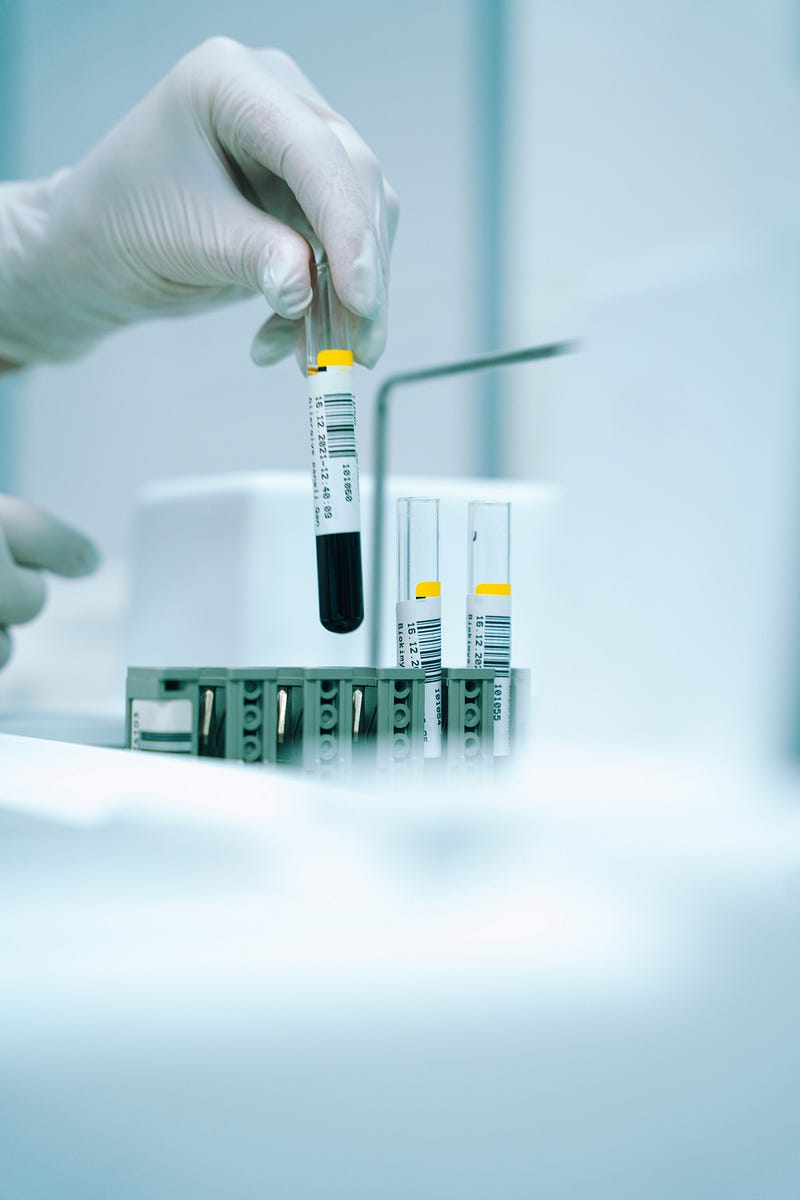
Ferritin Demystified: Your Top Questions Answered
Oksana RozponczykShare
What is ferritin, and why does it matter?
Ferritin is a protein that stores iron, critical for red blood cell production, immune function, and energy metabolism. Low levels indicate iron deficiency, while high levels may signal overload or inflammation.
What are the symptoms of low ferritin?
Fatigue, pale skin, hair loss, restless legs, and heart palpitations. Severe deficiency (iron-deficiency anemia) includes brittle nails, mouth ulcers, and shortness of breath.
How is ferritin tested?
A simple blood test measures serum ferritin. Inflammation (e.g., infections) can falsely elevate levels, requiring adjustments using markers like CRP.
 Photo by Akram Huseyn on Unsplash
Photo by Akram Huseyn on Unsplash
What’s a “normal” ferritin range?
- Adults: 20–300 μg/L (varies by lab).
- Deficiency thresholds: <15 μg/L (healthy individuals) or 0–70 μg/L with inflammation.
- Overload: >200 μg/L (men/non-menstruating women) or >150 μg/L (menstruating women).
Can diet improve ferritin levels?
Yes! Prioritize iron-rich foods (red meat, lentils, fortified cereals) and pair plant-based iron (non-haem) with vitamin C (e.g., citrus) to boost absorption. Avoid tea/coffee with meals.
 Photo by Anh Nguyen on Unsplash
Photo by Anh Nguyen on Unsplash
Source(s)
British Nutrition Foundation (BNF), 1995, Iron: Nutritional and physiological significance
Public Health England (PHE), 2011, Scientific Advisory Committee on Nutrition (SACN) report, Iron and Health. www.gov.uk
Public Health England (PHE), 2020, NDNS 2020, Results from the National Diet and Nutrition Survey rolling programme for 2016 to 2017 and 2018 to 2019 for food consumption, nutrient intakes and nutritional status. www.gov.uk



